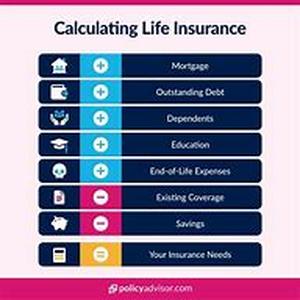
Bankruptcy Liquidation Also Known As Chapter 7 Bankruptcy Is A Legal Process Where Most If Not All Of Your Debt Can Be Eliminated. It May Take Four Up To Six Months And Currently Costs 299 To File. Bankruptcy Liquidation Can Be Used By Individuals And Businesses. However, It Is Not As Simple As Filing A Petition And The Court Grants The Request. In Bankruptcy Liquidation, The Debtor Has To Give Up Certain Properties To Be Sold Or Liquidated In Order To Pay Off As Much Of The Debt As Possible. The Bankruptcy Laws In Your State Dictate What Property Can And Cannot Be Taken Away From You. In General, Properties Of Necessity Such As Clothing, Household Items, And Tools You Need For Your Profession Are Considered Exempt. When You Do Not Have Much Property That Can Be Liquidated Your Case Will Be Classified As No Asset And There Will Be No Payment Distribution To Your Creditors. In Order To Be Eligible, You Should Not Have Received A Chapter 7 Bankruptcy Discharge Within The Past 8 Years Or A Chapter 13 Bankruptcy Discharge Within The Past 6 Years. Your Monthly Income Should Be Lower Or Equivalent To The Median Income Of Your State. You Will Be Required To Take A Means Test To Determine Your Eligibility.Before Filing For Bankruptcy Liquidation, You Will Have To Get Credit Counseling From An Agency That Has Received Approval From The United States Trustee. Afterwards, You Can Proceed With Filling Out All The Necessary Bankruptcy Forms, Which Will Basically Ask You To State The Source And Amount Of Your Income, Monthly Expenses, Debts, And Information About Your Assets. You Need To File These Forms Along With The Certificate Of Your Credit Counseling Session With Your Local Bankruptcy Court.Once You Have Filed For Bankruptcy Liquidation, A Rule Called Automatic Stay Takes Effect Which Can Be Very Helpful In Urgent Situations. It Temporary Protects You From Lawsuits, Wage Garnishments, Eviction, Foreclosure, And Disconnection Of Utilities Supplies. When You File Your Case, The Court Will Appoint A Trustee Whose Duty Is To Liquidate Your Non-exempt Assets And Distribute Payment To Your Creditors. A Week Or So After You Have Filed You And The Creditors You Have Listed Will Be Sent A Notice Informing You About The Creditors Meeting. During This Meeting, You Will Be Under Oath While The Trustee Questions You About The Information You Have Provided In Your Bankruptcy Papers. Usually, This Meeting Does Not Last More Than 10 Minutes. The Last Stage In The Bankruptcy Liquidation Process Is The Discharge Of Debt. You Must Take Note That Certain Debts May Not Be Eliminated Such As Family Or Child Support, Student Loans Or Tax Debt. Once You Have Received Bankruptcy Discharge, You Are Free From Any Legal Obligation To Pay The Creditors Of Your Discharged Debt. The Record Of Your Filing Will Be On Your Credit Report For The Next 10 Years.





